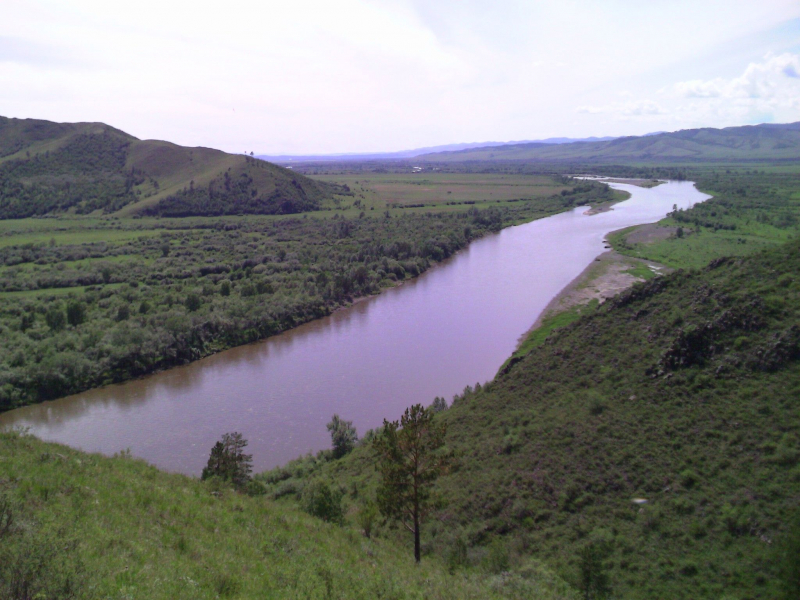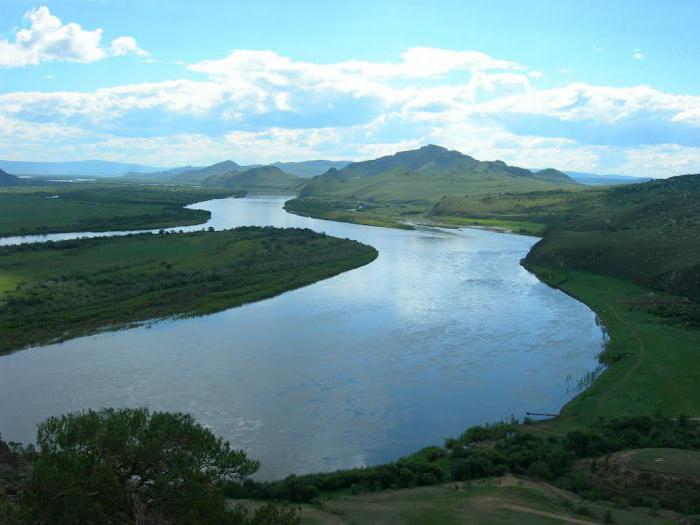Selenge

The Selenga, sometimes known as the Selenge, is a significant river in Mongolia and Buryatia, Russia. It runs for 992–1,024 kilometers (616–636 miles) before pouring into Lake Baikal from its headwater tributaries, the Ider and the Delger mörön. As a result, the Selenga is the most remote headwaters of the Yenisey-Angara river system. It carries 935 cubic meters per second of water into Lake Baikal, accounting for about half of the riverine inflow, and forms a 680 square kilometer (260 square miles) delta when it reaches the lake. The Selenga River is known for its yearly floods. Based on their severity, floods are categorized as "ordinary," "big," or "catastrophic." Three of the twenty-six reported floods between 1730 and 1900 were "catastrophic." The floods of 1830, 1869, and 1897 were the three "catastrophic" floods.
The Selenga River delta, which is bordered by marshlands, is a Ramsar site. The wetlands, which are located in the administrative zone of the Republic of Buryatia, are home to a great variety of vulnerable and unique species, including the Siberian Baikal sturgeon and over 170 bird species. The Selenge-Orkhon forest-steppe encompasses the Orkhon and Selenge river basins. The area is covered in woods and contains huge mountain ranges.
Length: 593 km





